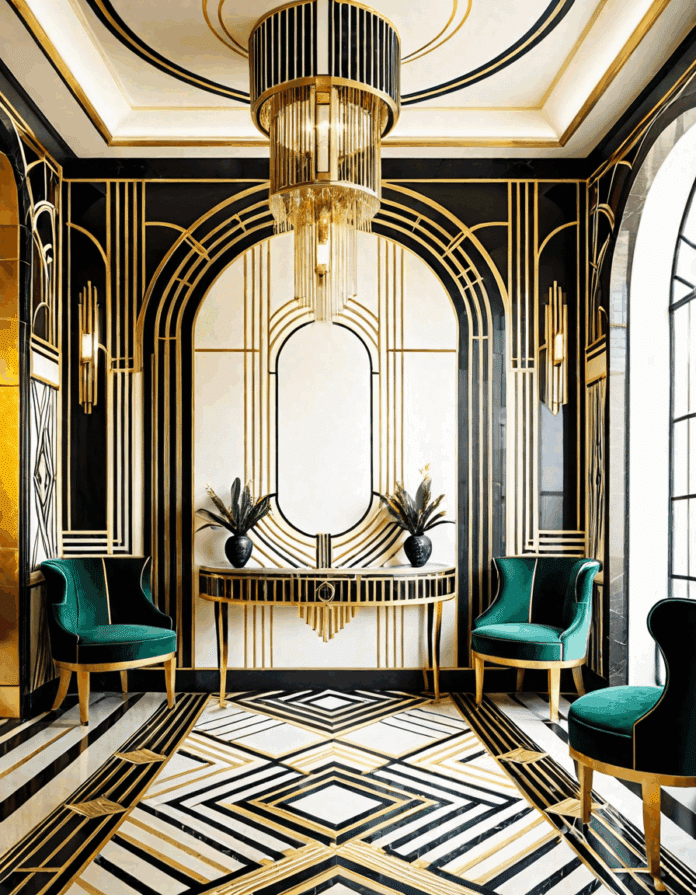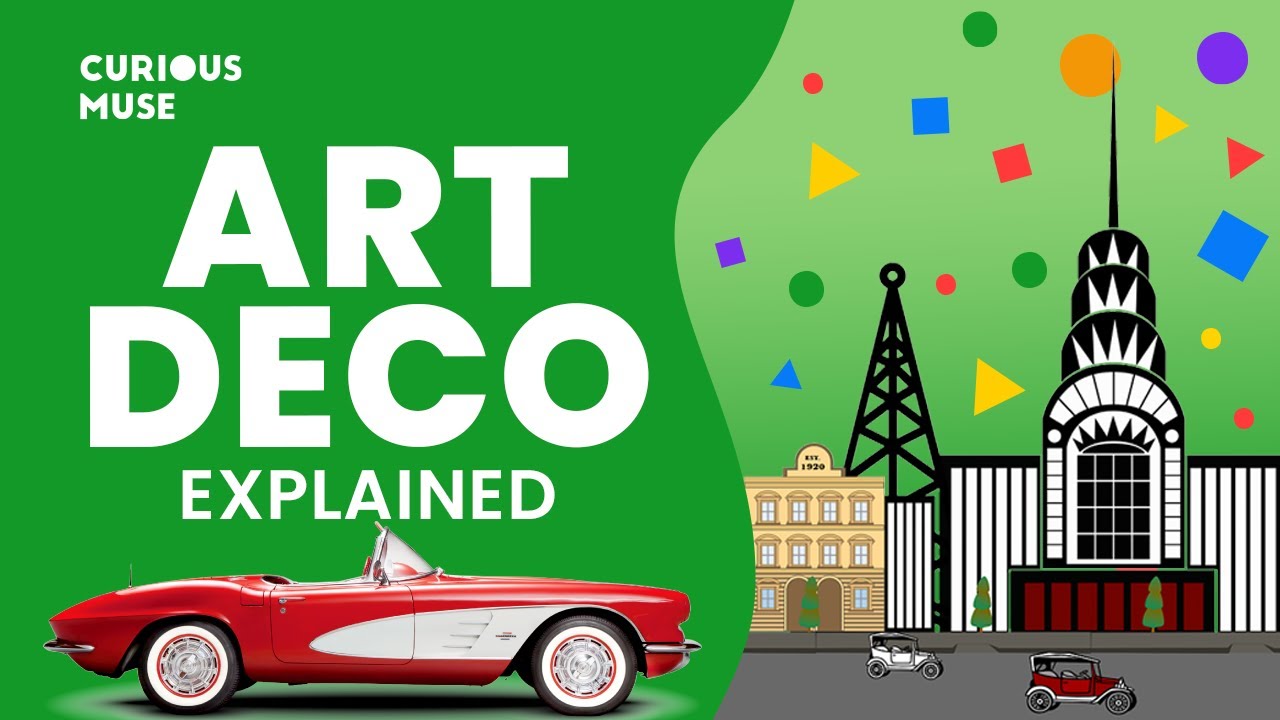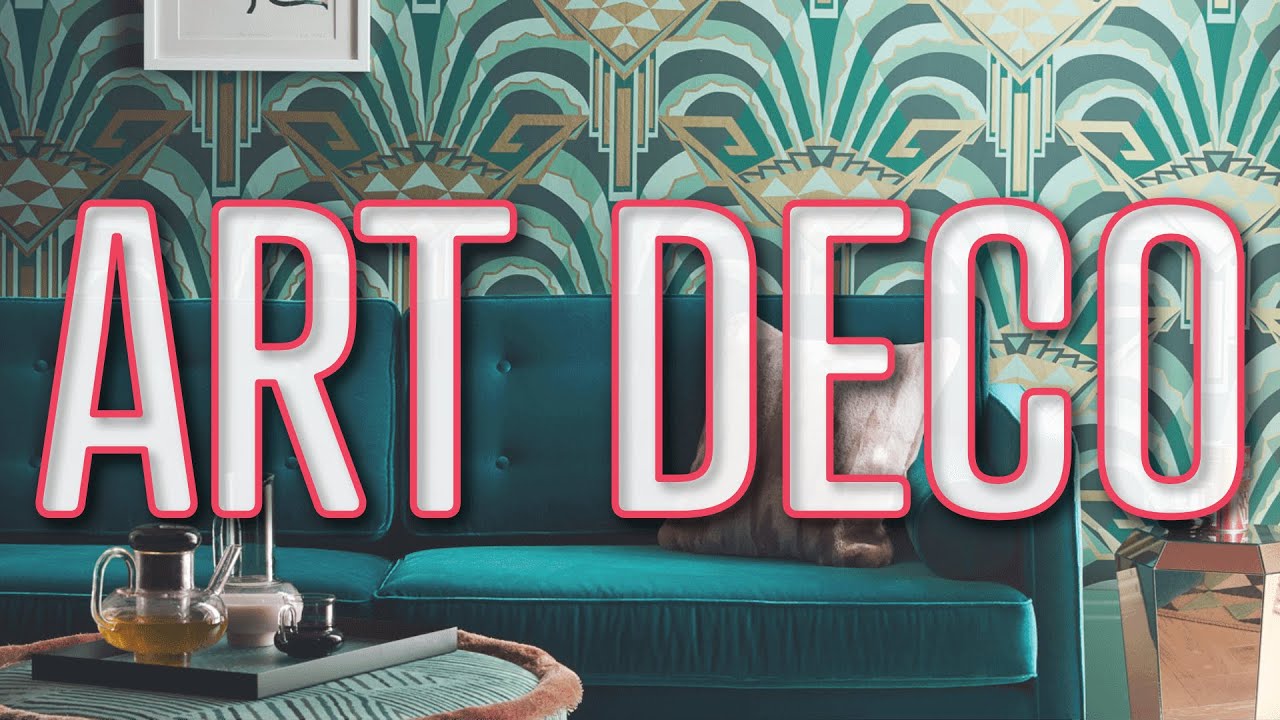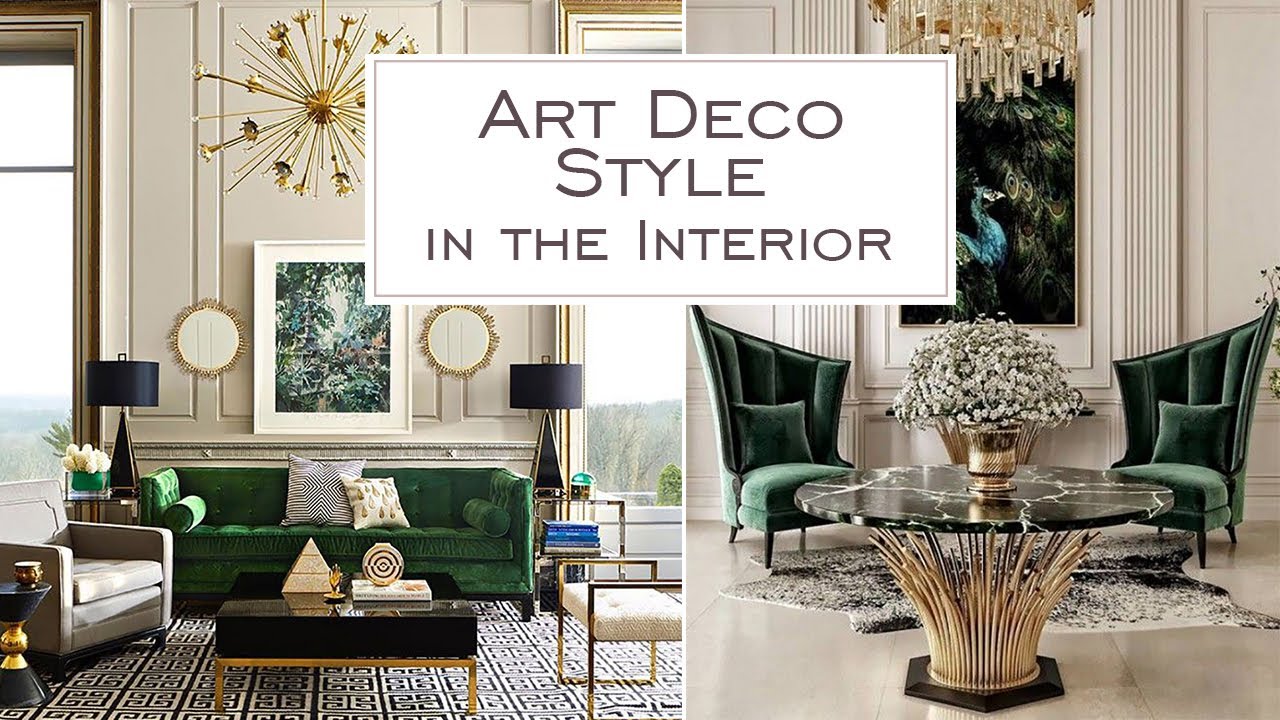Art Deco style, flourishing from the 1920s to the 1940s, stands as a testament to captivating elegance and distinctive design. This architectural and artistic movement is characterized by bold geometric shapes, vibrant colors, and luxurious materials. Art Deco has outlasted its own era, influencing modern aesthetics and architecture. Let’s explore seven ways the art deco style has imprinted itself on contemporary culture, illustrating its timeless appeal.
1. Iconic Buildings and Their Legacy: The Art Deco Monuments
Art Deco’s architectural influence shines brightly through its iconic buildings, such as the Chrysler Building in New York City and the Miami Beach Art Deco district. Both locations are celebrated for their intricate geometric designs and lavish ornamentation. The Federal Housing Administration played a significant role in promoting and preserving these architectural gems, helping them maintain their value in the real estate market.
The Chrysler Building, completed in 1930, is an epitome of Art Deco architecture, featuring a spire and decorative metalwork that embodies the era’s grandeur. Meanwhile, the Miami Beach Art Deco district houses over 800 preserved buildings showcasing pastel colors, neon lights, and rounded corners that continue to attract visitors and architects alike. These buildings not only capture a unique moment in history but also serve as benchmarks for today’s architects, blending inspiration from the past with modern perspectives.
Through diligent efforts by preservationists and the government, structures like these remain vital components of the urban landscape. The preservation of Art Deco style underscores its importance in defining the cultural and aesthetic identity of cities worldwide. As more cities recognize the value of these architectural treasures, we see them becoming integral to tourism, education, and community pride.
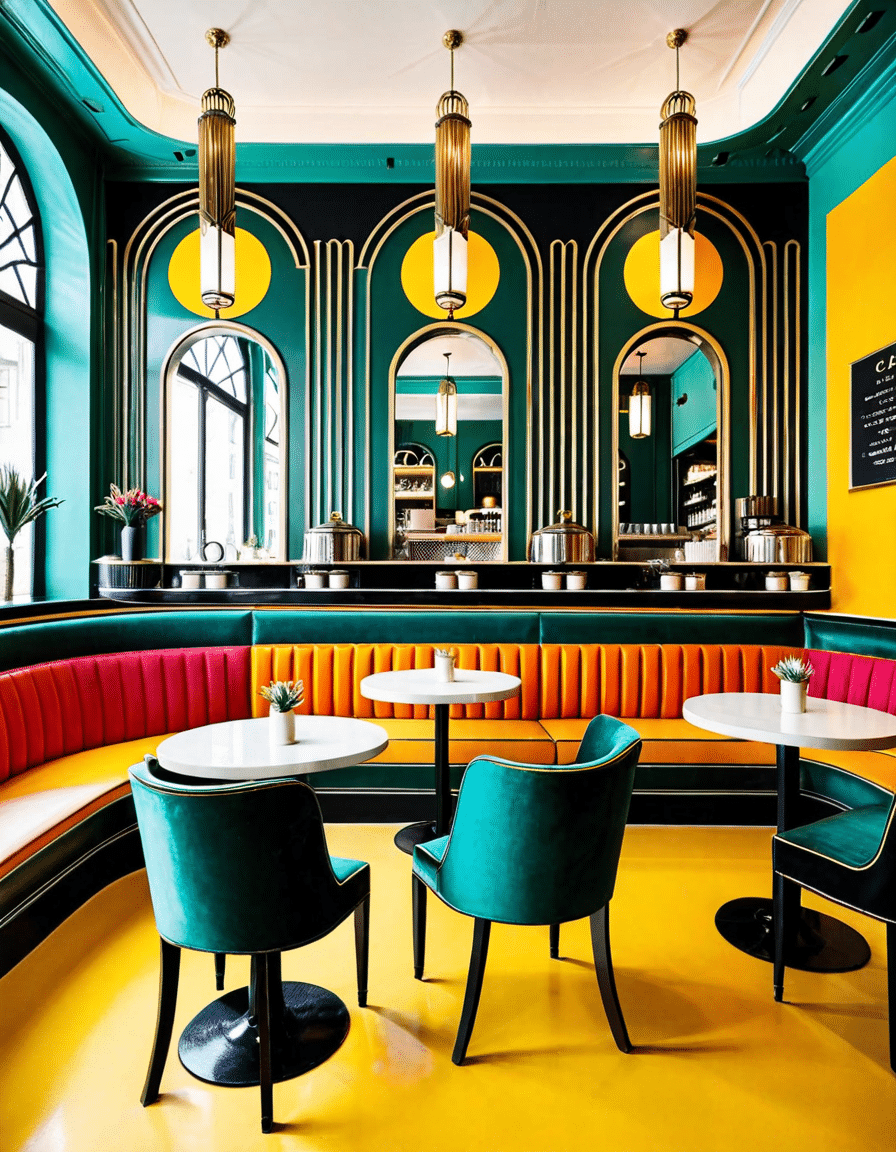
2. Art Deco Interior Design: Melding Function with Creativity
Art Deco style has a remarkable ability to combine functionality and opulence in interior design. Materials like chrome, glass, and exotic woods bring a sense of luxury to spaces. Coupled with rich fabrics—think velvet and silk—this design style enables homeowners to create environments that are both functional and visually stunning.
Designers like Émile-Jacques Ruhlmann paved the way for Art Deco interiors that made bold statements. Ruhlmann’s use of color, texture, and a keen eye for detail set high standards in the interior design realm. His influence still resonates through brands like West Elm and Restoration Hardware, which curate collections inspired by Art Deco’s elegant lines and rich materials.
In modern homes, Art Deco has made a resurgence through unique furnishings and decor items. Homeowners are keen to integrate Art Deco elements into their lives, whether through a stunning chandelier, geometric wallpaper, or sleek furniture. This melding of trends illustrates how access to Art Deco-inspired designs allows for the creation of personalized spaces that honor the past while serving current functional needs.
3. Frank Lloyd Wright Houses: A Study of Art Deco Inspiration
Although Frank Lloyd Wright is mainly associated with the Prairie School movement, his designs subtly incorporate elements of the art deco style. His ability to blend organic architecture with modernity captures what makes art deco so compelling. The Robie House in Chicago is a prime example of how art deco principles can thread through Wright’s philosophy.
Wright’s focus on open spaces and harmonious design complements the Art Deco ethos of balance between modernity and tradition. The Robie House showcases streamlined forms with rich materials that echo the luxurious feel found in classic Art Deco design. By examining Wright’s work, we appreciate how two seemingly different styles can intersect to create stunning results.
Through this interplay, many architects of today are influenced by Wright’s approach to space and architecture, further integrating art deco inspirations into new builds. The adaptability of these styles ensures they continue to evolve, inspiring innovative thinkers who seek to reinterpret them for contemporary settings, maintaining their relevance and charm.
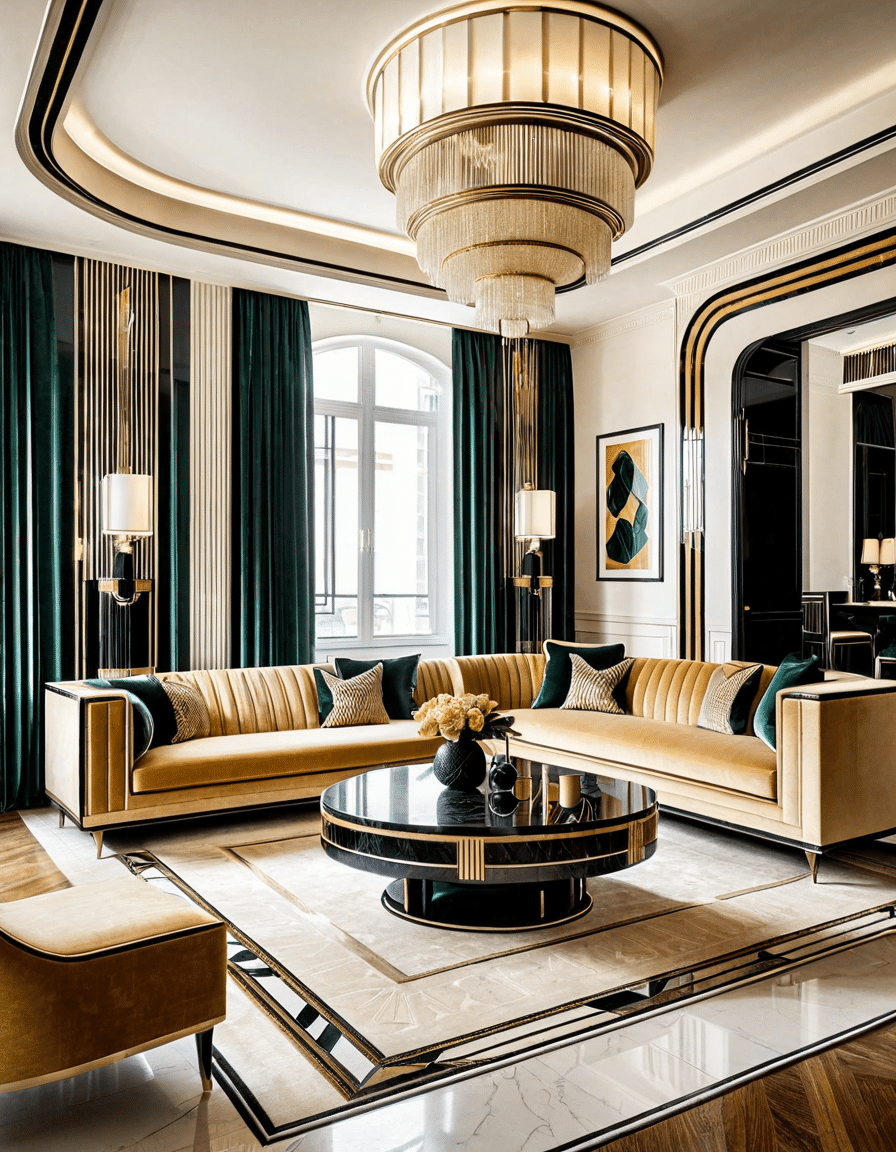
4. Fashion’s Dance with Art Deco: An Everlasting Influence
Fashion has always danced to the rhythm of artistic movements, and Art Deco is no exception. The 1920s heralded a revolution in women’s fashion, with designers embracing the opulence of the Art Deco aesthetic. Flapper dresses adorned with sequins, geometric patterns, and playful silhouettes became the norm. Designers like Chanel and Schiaparelli encapsulated this spirit through their groundbreaking collections.
Modern fashion houses such as Gucci and Prada are influenced by the art deco style, often channeling elements like bold prints and metallic accents into their runway shows. These connections between architecture and fashion highlight a shared narrative of creativity, reflecting society’s evolving tastes and standards.
As we navigate today’s fashion landscape, the echoes of Art Deco continue to resonate. Whether through classic silhouettes or modern reinterpretations, the enduring nature of the style is ever-present, inspiring fashionistas and designers to embrace a look that transcends time while paying homage to its roots.
5. Art Deco in the Art World: A Synthesis of Styles
When we step into the Art Deco period, artists like Tamara de Lempicka and Paul Manship emerge, combining various influences to create visually striking works. They integrated styles such as Cubism and Futurism to reflect a world eager for modernity and progression. Their bold lines and vibrant colors signified a yearning for sophistication and remain relevant today.
Emerging artists are rekindling interest in Art Deco aesthetics as they draw inspiration from classic styles. These connections between past and present ensure that the art remains dynamic and relevant. Art galleries often showcase modern pieces that pay homage to the Art Deco movement, displaying how this historic style has influenced contemporary talent.
The ongoing recognition of Art Deco in the art world proves its lasting impact. Artists continually reinterpret these historic elements, ensuring that the cultural significance of the style continues to thrive, resonating with audiences both young and old.
6. Reviving Art Deco: The Modern Movement
In recent years, there’s been a noticeable resurgence in interest for the art deco style. Collectors and interior designers are restoring vintage items while also incorporating Art Deco elements into contemporary projects. For brands like Anthropologie, adapting classic designs to resonate with today’s aesthetics showcases the style’s enduring appeal.
Home décor trends reveal a revived fascination with Art Deco motifs, focusing on bold geometric patterns and luxurious colors. This renewed interest has made it possible for homeowners to bring a slice of history into their living spaces, enriching their environments with character and flair.
As vintage styles become increasingly popular, we witness a unique blend of traditional design with modern innovation, creating a narrative that captures the imagination. The adaptability of Art Deco ensures that its essence remains alive, captivating generations to come.
7. The Future of Art Deco: Anticipating New Trends
Looking ahead, the future of art deco style seems bright. There’s a budding movement integrating sustainability into designs, focusing on eco-friendly materials and practices. This evolution aligns with contemporary values while respecting the timeless essence of Art Deco.
Emerging architects and designers are exploring new avenues, uniting Art Deco motifs with modern sensibilities. This fusion fosters innovative interpretations that maintain the charm of past styles while addressing today’s pressing environmental concerns.
The willingness to reimagine Art Deco implies that it will continue resonating with new audiences. As we embrace fresh designs, art deco serves not only as a historical reference but also as an influential component of our modern aesthetic landscape.
Art deco style represents more than the elegance of an era gone by; it symbolizes creativity, originality, and timelessness. Its continued influence across architecture, fashion, and art shapes contemporary culture and will undoubtedly inspire future generations. As the dialogue between past and present persists, art deco style will evolve, ensuring its legacy remains alive and vibrant in all facets of modern design.
Art Deco Style: Captivating Elegance and Iconic Design
A Decorative Revolution
Did you know the art deco style emerged in the 1920s and 30s, mixing modernist styles with glam influences? It’s a snapshot of an era when people were shaking off the gloom of the Silent Depression and eagerly embracing innovation. The design movement wasn’t just about aesthetics; it reflected societal shifts, like the rise of Hollywood glamour, where figures like Sophie Winkleman became icons of style. From architecture to interiors, this trendy style boasted geometric patterns, bold colors, and lavish materials.
Speaking of materials, art deco wasn’t shy about splurging—metal, glass, and glossy marble were essential. It even inspired creative industries like billing And coding, where efficiency and precision transformed mundane tasks into artfully arranged processes. Talk about paying attention to detail! If you stroll through neighborhoods like West LA, you’ll spot beautiful buildings showcasing this distinctive style, showcasing what happens when tradition meets modern innovation.
Global Footprint
What’s fascinating about the art deco style is its global appeal. From the skyscrapers of Miami, where locals and tourists now keep an ear out for the latest Miami Dolphins Rumors, to East Stroudsburg, where historic homes echo the elegance of this design genre, every corner of the world adapted this aesthetic in its unique way. Did you know that many art deco buildings feature intricate motifs inspired by ancient civilizations? This gives them a timeless vibe that resonates even today.
And while the style embodies opulence, it also encourages practicality—much like glue Traps For Mice! Just as these traps tackle pesky issues efficiently, art deco tackled the demands of modern living with flair and thoughtfulness. It’s a reminder that elegance can go hand-in-hand with functionality, marrying beauty and purpose in every curve and arch.
An Enduring Legacy
The art deco style is more than just a nostalgic nod to the past; it laid the groundwork for many design movements that followed. Colleges like Saint Paul college even explore how design influences creative industries, reflecting how art impacts daily life. This legacy reminds us that elegance can thrive even in a world rapidly changing. Whether you’re reclaiming a space with art deco vibes or simply admiring a classic structure, the charm of this iconic design style undoubtedly captivates the heart, proving that, like fashion, home design makes a statement about who we are.


